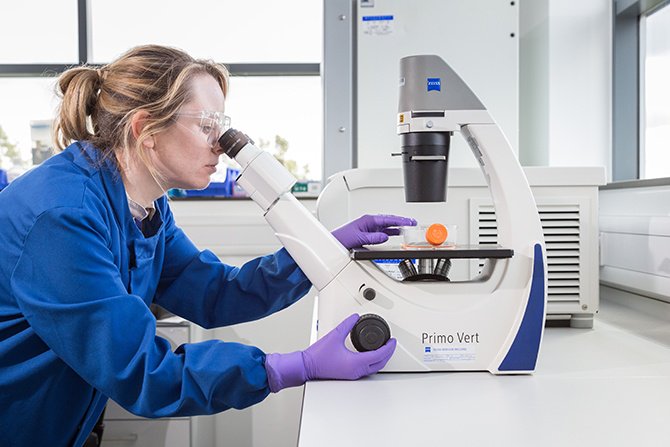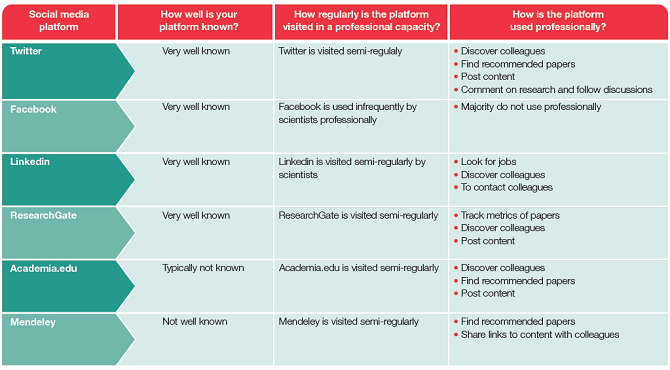Social media is having a growing impact on scientific research. Scientists are using social platforms such as LinkedIn, Twitter and ResearchGate to keep track of the latest publications in their field, seek advice, start collaborations, find new research tools and troubleshoot their experiments, to name just a few. To have a strong and lasting impact on the scientific community, modern researchers need to utilise the power of social media to share their expertise, research tools and experiences. In this week’s blog, we explore how you can get started with building your online scientific profile using social media.

The web has revolutionised how people share and find information. However, the growing impact of social media over the last few years has been especially interesting, with sites such as Facebook, Twitter and LinkedIn becoming truly embedded within Western culture (for example, Facebook has over a billion registered users!).
The social web provides researchers with new opportunities to connect with likeminded peers, find and share new information and research tools, and even get credit for their research through platforms such as Altmetrics. This site describes almetrics as “metrics and qualitative data that are complementary to traditional, citation-based metrics [that] can include… peer reviews on Faculty of 1000, citations on Wikipedia and in public policy documents, discussions on research blogs, mainstream media coverage, bookmarks on reference managers like Mendeley, and mentions on social networks such as Twitter.”
As such, scientists can now leverage social media to build their research profiles in the same way that they have traditionally used speaking slots and posters at conferences, as well as the publication of peer-reviewed papers. The key difference is speed and frequency. While most researchers publish every few months (or years), social media allows researchers to continually contribute to their field and be part of an ongoing discussion. If we take the extended definition of social media and include blogging and other publishing tools, then researchers can also utilise the medium to share, discuss and encourage real-time feedback on their data, experiences and protocols.
Given these opportunities, it is unsurprising that many scientists are starting to adopt social media as a tool for engaging in scientific discussion and building their research profile. Other benefits of creating a strong online personal brand include being able to easily:
- Connect with peers, students and suppliers and start new collaborations
- Get involved in discussions during events
- Establish your reputation as an expert and a thought leader
- Influence and mentor a potentially global audience
- Keep up-to-date with relevant science news
9 steps to building your online reputation
Most of the social media platforms are free to use and make it easy to start building an online presence right away. Here are nine things you can do today to start building your online research profile:
- Create a professional profile (Bio/CV/list of research interests/researcher ID/photo) and upload to relevant sites such as LinkedIn and ResearchGate
- Find connections (peers, colleagues etc.) and link with them on social media platforms
- Find relevant groups to join and seek opportunities to mentor online
- Share your reagents via online marketplaces
- Share your protocols online
- Share reviews of scientific reagents and tools, to help others make more informed decisions on which reagents to use for their experiments
- Optimise your research news stream to show only relevant news
- Keep track of your online stats (e.g. mentions)
- Upload relevant science presentations e.g. to SlideShare and share them with the community via sites such as Twitter, LinkedIn, ResearchGate etc.
Online portals for scientific networking
There are many different social media platforms that you could use for your scientific network, but each is currently being used by researchers in subtly different ways. To explore these trends in more detail, Nature conducted a survey in 2014 to find out which platforms scientists used and how they used them. The results are summarised in the table below:

In summary, while Facebook isn’t used much professionally by scientists at the current time, ResearchGate, Academia.edu and LinkedIn are used to publish profiles and Mendeley and Twitter are used to communicate news. Therefore, we recommend reviewing these channels first when starting to build your online research profile.
